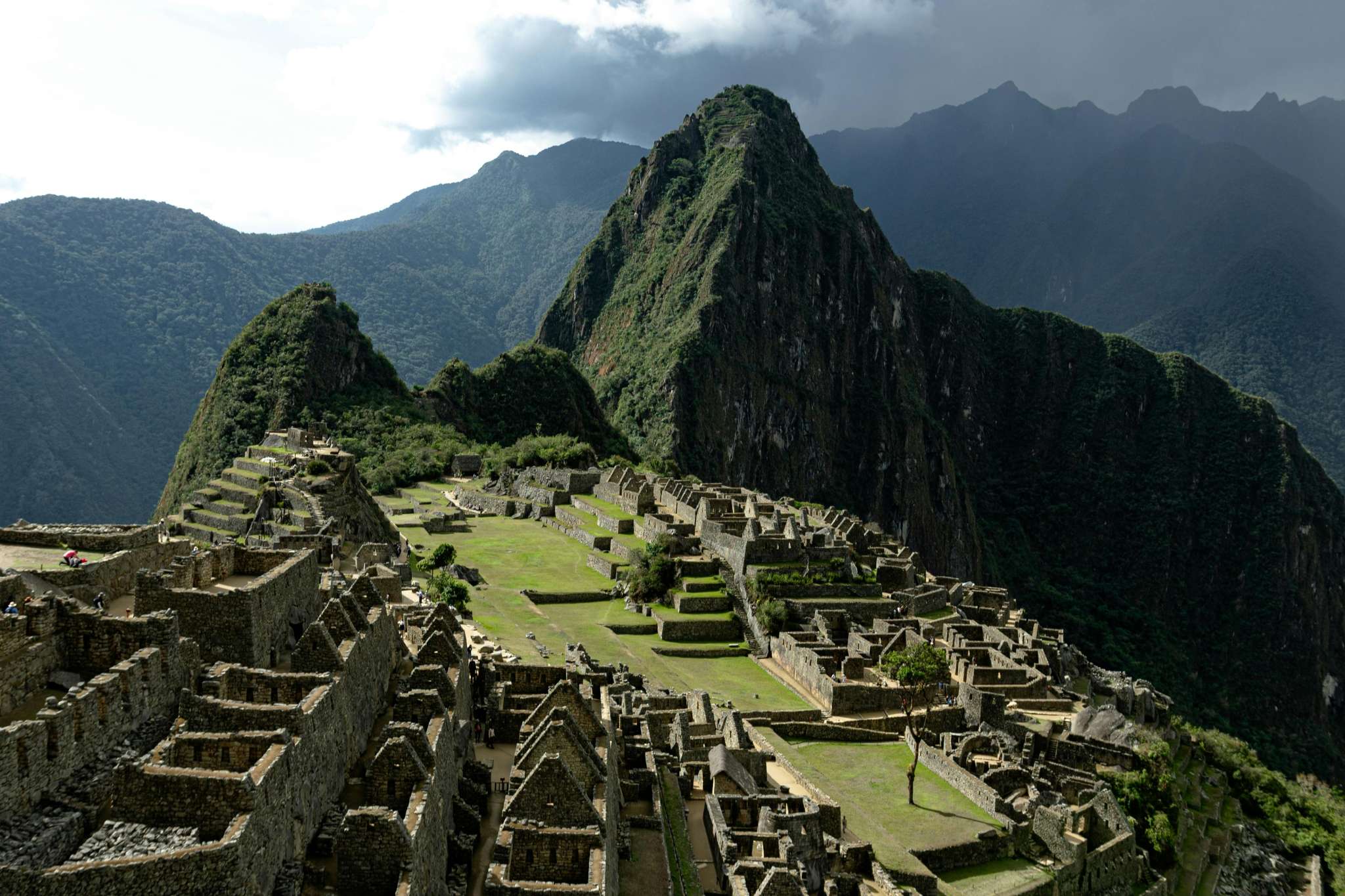Table of Contents
Embarking on the Inca Trail is a journey that challenges both the mind and body. The trek demands resilience, with high altitudes and unpredictable weather as formidable adversaries. Proper preparation is crucial to ensure a safe and rewarding experience.
The journey along the Inca Trail offers breathtaking landscapes and historical significance, but it also presents unique challenges. The trek spans various altitudes, with conditions changing drastically over short distances. Understanding what to expect can make the difference between a grueling ordeal and a life-changing adventure. For those seeking a guided experience, consider exploring Inca Trail Hiking Tours To Machu Picchu for a well-organised trek.
Managing Altitude Effects
Trekking along the Inca Trail exposes you to significant altitude changes, which can affect your body in numerous ways. As you ascend, the air becomes thinner, reducing oxygen levels available for your body. This can lead to symptoms like headaches, dizziness and fatigue. Acclimatisation is key, allowing your body time to adjust to lower oxygen levels.
To prepare for these altitude challenges, physical conditioning before your trip is essential. Regular cardiovascular exercises such as running or cycling can enhance your body’s efficiency in using oxygen. Mental preparation is equally important; understanding the symptoms of altitude sickness and knowing how to respond can prevent it from derailing your journey. Consulting with a healthcare provider about medications might also be beneficial.
The Inca Trail Machu Picchu 4 days trek offers ample opportunity for acclimatisation due to its gradual ascent. Each day presents new elevations and views, allowing hikers to acclimate naturally as they progress through different stages of the trail. This gradual approach not only aids in adjusting to the altitude but also enriches the experience by providing a deeper connection with the majestic Andean landscape.
Preparing for Weather Changes
The weather along the Inca Trail is notoriously unpredictable, with conditions varying dramatically between morning and afternoon or at different altitudes. Packing for these fluctuations is crucial for comfort and safety. Layering is a tried-and-true strategy; it allows you to adjust easily as temperatures rise or fall throughout the day.
Key items should include moisture-wicking clothing to manage sweat during exertion and insulating layers for warmth when temperatures drop. A waterproof jacket is indispensable, as sudden rain showers are common even in drier seasons. Good quality hiking boots are vital for stability on uneven terrain, especially when trails become slick after rain.
An Inca Trail Machu Picchu map can help you anticipate weather changes by showing elevation profiles and potential weather patterns at different trail sections. This foresight aids in strategic packing and planning each day’s hike accordingly. By preparing effectively for weather variability, you increase your chances of enjoying a seamless journey across this storied path.
Guidance from Experienced Guides
Experienced guides play an indispensable role in making your trek along the Inca Trail both safe and enjoyable. Their intimate knowledge of the terrain, weather patterns, and cultural history enriches the hiking experience significantly. Guides are adept at spotting signs of altitude sickness early and recommending appropriate actions.
Their expertise extends beyond health concerns; they also provide insights into local flora and fauna that populate this historic route. Knowing what gear works best under various conditions comes from years of trekking experience, offering practical advice that enhances your preparedness for all eventualities encountered on the trail.
A guide’s presence ensures that even when facing daunting aspects like Inca Trail Machu Picchu difficulty or unexpected weather shifts, you have a reliable partner steering you toward success. Their role cannot be overstated when it comes to maintaining morale and safety amid changing conditions.
Implementing Safety Measures
Navigating the Inca Trail requires adherence to strict safety protocols due to its challenging nature. Understanding these measures before setting off can mitigate risks associated with high altitudes or harsh weather changes encountered during an Inca Trail Machu Picchu tour.
Hydration is paramount; drinking sufficient water aids in combating altitude sickness while keeping energy levels up throughout long hikes. Nutrition also plays a crucial role; consuming a balanced mix of carbohydrates and proteins supports sustained energy release necessary for this demanding trek.
Tour operators often provide resources like emergency oxygen supplies or specialized medical kits tailored for high-altitude environments, ensuring hikers’ wellbeing under adverse conditions. Such support systems make guided tours an appealing choice when considering options like Salkantay trek vs Inca Trail adventures – offering peace of mind alongside exploration opportunities.


